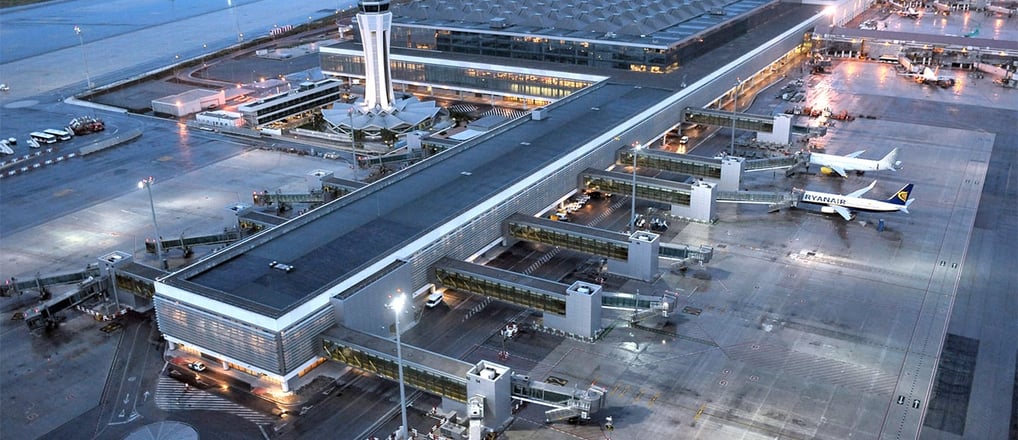
▩ Big Plans for Málaga Airport: Expansion to Handle 36 Million Passengers
HOT
2 min read

Málaga–Costa del Sol Airport is preparing for a major transformation. Aena, Spain’s airport operator, has revealed initial plans to significantly expand the airport’s capacity, nearly doubling its terminal space from 80,000 m² to around 140,000 m². The long-term goal is to accommodate up to 36 million passengers annually—a major increase from the current figures.
Why the Expansion Is Necessary
In 2024, Málaga Airport broke records by handling close to 25 million passengers, and traffic in 2025 continues to grow. By spring, the airport had already seen nearly 5 million travelers pass through its gates. Projections suggest that with current infrastructure, the airport may soon reach its operational limit—estimated at around 30 million passengers per year.
While the runways still have enough capacity, the terminal facilities, border controls, and boarding areas are showing signs of strain, particularly during the high season. Travelers face longer queues, less space, and fewer available services. The expansion is seen as essential to ensure a smoother passenger experience and support future growth.
What the Expansion Could Include
While full details are still under review, the proposed development could involve:
Expanding or reconfiguring current terminal areas to increase overall capacity.
Modernizing border control, security checkpoints, and baggage handling systems to improve passenger flow.
Redesigning boarding gates and aircraft parking zones to better manage growing air traffic.
Adding new commercial spaces, lounges, and amenities to elevate the traveler experience.
Improving ground access, including potential roadworks to ease traffic around the airport.
Environmental sustainability, technological upgrades, and energy-efficient systems are also expected to play a central role in the design.
Timeline: What Happens Next?
As of now, the project is in the planning and consultation stage. Aena has expressed its intention to include Málaga’s expansion in its next infrastructure investment cycle, which covers 2027 to 2031. The timeline remains tentative, but key phases may include:
Finalizing studies and design concepts.
Reviewing regulatory and environmental requirements.
Aligning funding and investment within national airport development plans.
Launching construction in phases, depending on approvals and demand forecasts.
While construction is not expected to begin in the immediate future, groundwork is being laid to ensure the airport is ready for future needs.
Improving Access to the Airport
A critical part of the airport's future readiness is improving road access. A new northern access route has been proposed to alleviate traffic pressure on the southern entrance. This would provide a direct connection from the A-7 motorway, streamlining entry and exit for travelers and transport services.
Any development would include sustainability measures—such as acoustic protections, advanced drainage systems, and careful environmental monitoring—to minimize impact during and after construction.
Regional Impact and Long-Term Outlook
The potential benefits of the expansion are far-reaching:
Better travel experiences for millions of annual visitors.
Enhanced air connectivity, with the ability to attract more routes and long-haul flights.
Greater economic contribution through tourism, employment, and business investment.
Stronger positioning of Málaga as a major Mediterranean travel hub and international destination.
At the same time, regional leaders and planners are already looking ahead. As the airport nears its future capacity, broader solutions—such as additional airport infrastructure elsewhere in Andalusia—may become part of the long-term conversation.
Conclusion
The proposed expansion of Málaga–Costa del Sol Airport is a bold step toward preparing for a dynamic future. While plans are still evolving, one thing is clear: Málaga is growing, and its airport must grow with it. This development has the potential to not only ease today’s challenges but also unlock exciting new opportunities for the region, its visitors, and its residents.



©2025 TheHot.Guide. All rights reserved